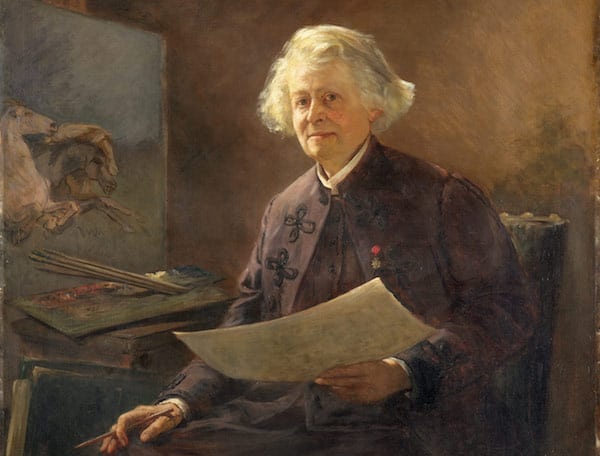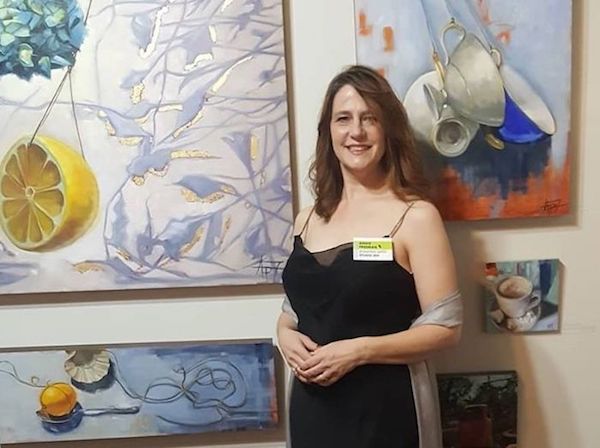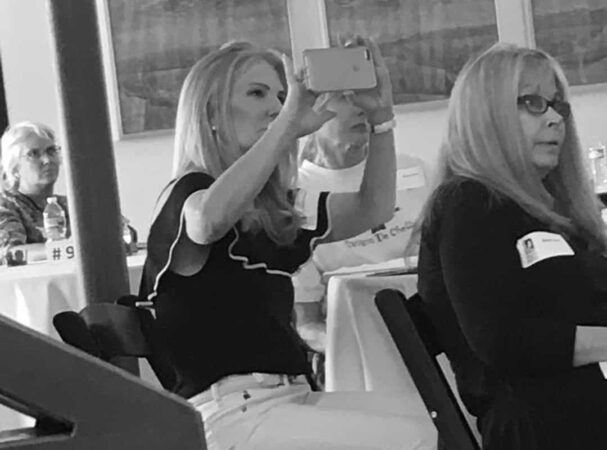The problem with only telling artist stories is that we look for the trick, like the proverbial man behind the curtain, as in The Wizard of Oz. As long as the myth persists that art careers happen by magic or luck, or automatically (if you’re good enough), or are merely products of who you know, we won’t hear those stories well enough to eke out the patterns they contain. Myth is too powerful, especially if we’ve been told that artists and entrepreneurs are like Martians and Venusians—that they aren’t even on the same planet.
To see clearly, we sometimes have to shift contexts, put the art aside, and resort to something as familiar as an old printer or the PEZ dispensers we grew up with. I’m a huge fan of business stories, so I grabbed one more or less at random that is specifically NOT about art to illustrate the point and the pattern as we see them.
Part I: The Pivotal Project
In the early 1990s, programmer Pierre Omidyar was surfing bulletin boards (known as BBSs) on the emerging web in his spare time. BBSs were an ecosystem, a community of communities, and classified ads were a popular area of most BBSs. Got an extra modem, a graphics card, or an old card table? For $10, come pick it up, or pay me $20 and I’ll ship it to you.
Omidyar got the idea to start a purely auction-based website and, at a minimum, improve his programming skills and sell an old laser printer (though he worried about being able to pay his $30 monthly Internet bill). He brought the same sense of openness and community that had made BBSs wonderful to his new site, and it took off.
But the site received so much traffic that his ISP started charging him the commercial rate of $250 per month. For Omidyar, merely selling his laser printer didn’t make that level of cost sustainable.
Part II: Finances, Sales & Pricing Strategy
Omidyar decided to start charging a commission on sales, even though he was sure that that would be the end. He feared the community would revolt—that users would leave in droves.
But they didn’t. They paid, and they kept on coming. Omidyar had achieved a rare thing among tech startups: a revenue stream that covered his costs.
He named his business Echo Bay Technology Group, and eBay.com was born.
Part III: Brand Story, Business Strategy, Networking & Collaboration
As the business grew, Omidyar decided that he needed additional skill sets he didn’t have. He turned to collaboration with his peers, bringing on computer engineer Jeff Skoll as a partner. Skoll understood business strategy and had a large living room in Palo Alto that became the company’s headquarters.
The collaboration paid off. The two were getting so many checks that they had to hire another person to open the mail. In 1998, Ebay went public. Within a year, Omidyar was worth $10 billion and Skoll almost $5 billion. People laughed when they learned that Omidyar was still living in a student share house. Eventually, Skoll went on to pursue his own dreams, starting a nonprofit and making films on social justice issues.
A PR person circulated a story that is now understood to be “myth”—that eBay was founded to help Omidyar’s girlfriend sell PEZ dispensers. The myth caught on like wildfire and was widely circulated, even making it into the pages of The Wall Street Journal. PEZ was a little sexier than an old laser printer, and the story was a brand narrative that you could get your head around: “Got stuff to sell? This is the place to do it.”
Of course, the company is huge now, but part of the secret to its resilience is that it strives to retain a sense of community while remaining a business. It has casual users and those who just buy or sell without engaging much, but the user base as a whole still partners with the company, combining the original social ethos with the pursuit of profit, pennies, and PEZ dispensers.
[Credit to authors Emily Ross and Angus Holland for much of this story.]
You’re the One Behind the Curtain
 All of CHF’s learning practice areas for professional artists—Career Blueprint, Brand Story & Marketing, Sales & Selling, Networks & Collaboration, Financial, Technology, Managing Projects, Legal, and Logistics—are the ingredients of every successful enterprise, business, or entrepreneurship. The eBay story is no exception. If you look closely at its three parts, they’re also three individual stories, representing different stages in a business or career.
All of CHF’s learning practice areas for professional artists—Career Blueprint, Brand Story & Marketing, Sales & Selling, Networks & Collaboration, Financial, Technology, Managing Projects, Legal, and Logistics—are the ingredients of every successful enterprise, business, or entrepreneurship. The eBay story is no exception. If you look closely at its three parts, they’re also three individual stories, representing different stages in a business or career.
There’s no trick, and there’s no wizard. You—the artist—are the one pulling all the levers.
For those of you who are just getting your feet wet with CHF’s programs or the business side of your art practice, you have an edge that Omidyar didn’t have. You can use the business expertise, structure, and strategy that we provide to blueprint your career. You can mix it up and start focusing on the brand narrative and finances right now. You can initiate a collaboration and skill exchange with your peers, and experiment with sales and pricing strategies. You’ve seen the whole story, start to finish.
The only thing that could hold you back is myth. If you’re waiting around for success to happen “to” you just because you keep making art, or if you’re counting on being discovered by art munchkins who will ferry you away to Oz, then you and Toto are going to have an even longer, harder trip down that yellow brick road. Metaphors aside, step into your story and treat your art practice like a successful business. THAT is how it becomes one.







